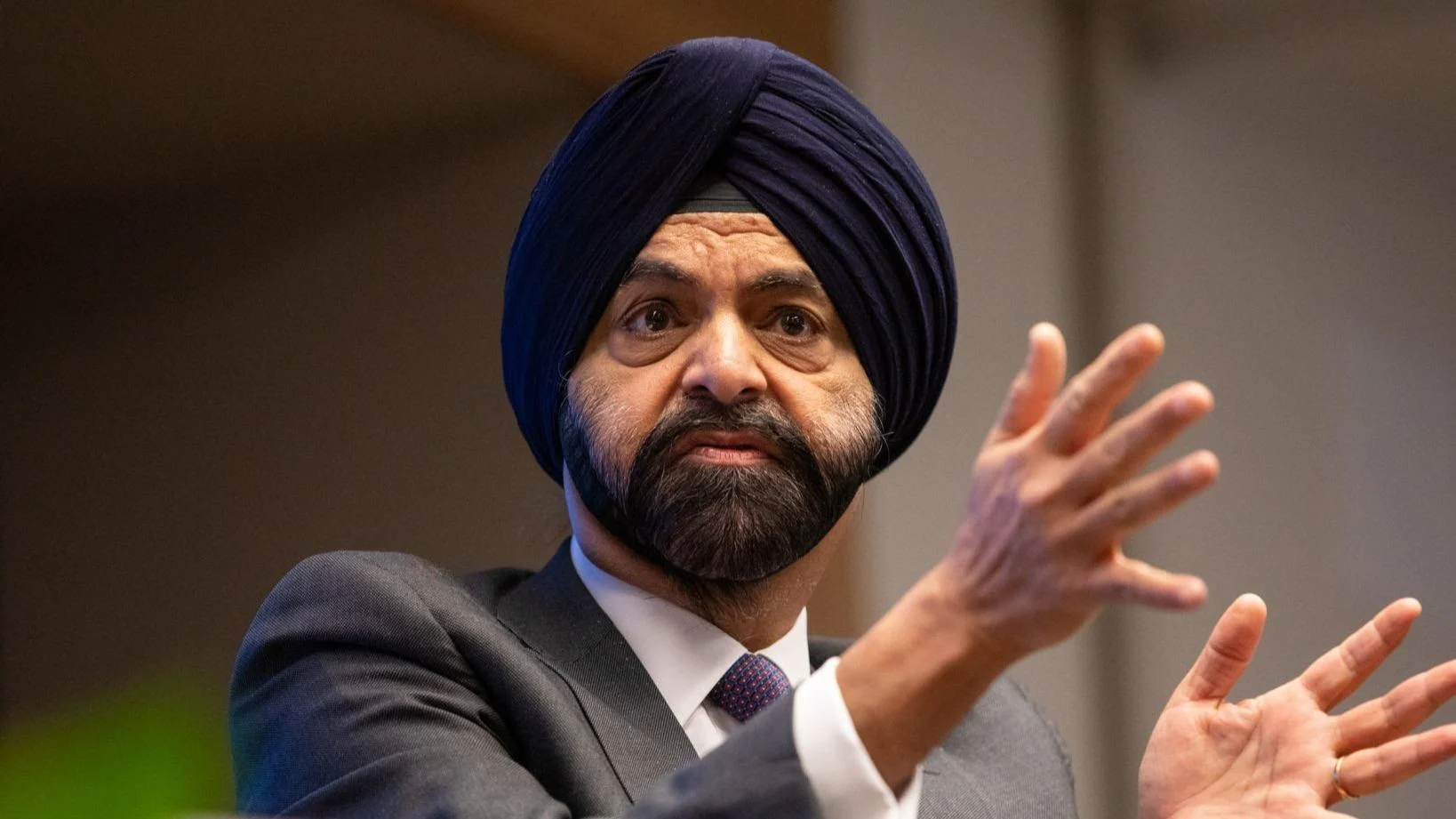A new forest management approach in Meghalaya is aiding tribal communities in reforesting degraded hillsides and reviving dwindling springs. This initiative, part of the Meghalaya Community Led Landscape Management Project launched in 2018 with World Bank support, aims to balance environmental needs with community livelihoods.
Mrs. Balalupa Mawlong, a local resident, recalls a time when forests were abundant: “When we were young, our forests were green and there were plenty of trees,” she said. However, deforestation has led to scarcity of water resources. Human activities like tree cutting for firewood and shifting cultivation have contributed to this degradation.
The project has made significant progress since its inception. Pyush Dogra from the World Bank stated, “Meghalaya was facing severe environmental challenges - deforestation, depletion of water resources, and loss of biodiversity.” The project integrates traditional knowledge with scientific solutions to restore land and water sources.
In East Khasi Hills’ Mawteibah village, residents are now self-sufficient in water due to collective efforts. Mrs. Mendoris Synrem from Umsarang village noted that children can now attend school on time without fetching water first.
The project also emphasizes creating nature-based livelihoods to reduce dependence on forests. Mrs. Bamutlangki Pariat from Moodymmai village started a poultry business with project support: “With Rs 25,000 from the project I have been able to buy chickens,” she explained.
Efforts extend to rehabilitating mine-spoiled lands by planting aromatic grasses like citronella for ecological and economic benefits. Mr. Samuel Latam from Mynthlu village observed how these initiatives rejuvenated both soil fertility and community spirit.
To ensure sustainability, young people are trained in mapping natural resources using GIS technology. Over 13,000 individuals received training under this program.
The Government of Meghalaya plans to expand this successful approach statewide through its ‘Green Meghalaya’ initiative. Neighboring states are considering similar strategies.
Mr. P. Sampath Kumar highlighted the project's significance: “It shows that adopting a landscape management approach can help conserve and protect valuable natural capital.”
Meghalaya’s Living Root Bridges are also being preserved as part of cultural heritage conservation efforts linked with the project’s goals.
Additionally, the Payment for Ecosystem Services program incentivizes forest conservation by offering rewards for maintaining natural habitats.
Overall, these comprehensive measures aim at restoring Meghalaya's environment while supporting community welfare socially and economically.

